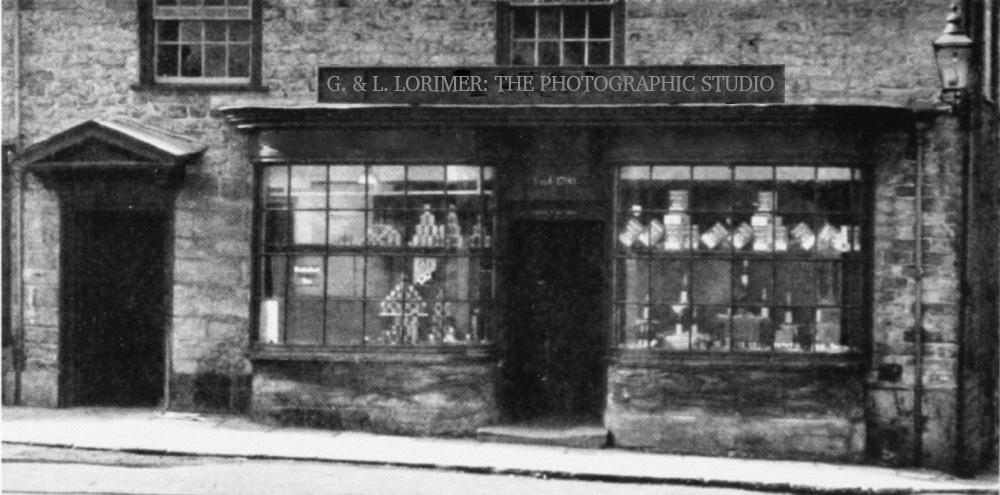Gertrudes' Commentary:
I felt a sadness in my heart, and a pain in my soul after the passing of my father. And this feeling was elevated even more so when I learned of the loss of my fathers fortune. My sisters and I could no longer live the life we were once allowed. So, we decided to start a new adventure and buy a photography studio. I had not given much thought to how successful we would be in our new space, but there was no room for error, we had to succeed. Lucy and I are the main operators of the shop as Phyllis is too young, and Fanny does not really believe in all this stuff being that we are women starting a business. But, I think she will come around sooner or later. She is almost like our Aunt Caroline with that viewpoint of hers. Here we would meet new people like Mr. Russel who would help support our business. I was shocked that a man would even offer to help us instead of doubting us from the start, and hopefully this business should be enough to keep us off the streets. Opening the shop for the first time was a terrifying ordeal because one does not know what will happen. But, thank goodness that we have had a few customers since then. To celebrate our accomplishments I took a picture of our shop's sign because it symbolizes hope for the future, and I shall hope that it will be a good one.
Editorial Commentary:
This picture looks to be dated around the late 1800s due to it being and black and white and the grittiness of the pixels. The name on the sign says that it was a photography shop. From research, it was found that this shop was located on Upper Baker Street, in a middle class area in London (Map: Charles Booth’s London). So, we can assume that these sisters living here were doing fairly well for themselves. Since photography was still fairly new, this business would have been pretty successful due to the public's interest. A type of camera this shop could have used was a Kodak Camera made by George Eastman. These were made in 1888 would have been the most probable device used to take such photographs (Original Kodak Camera). Furthermore, photography was considered a new art. Photography made a big impact on the print culture, and other arts like painting. However, “women remained excluded from the ranks of accepted artists” (The New Art of Photography) in arts like painting and photography. But some women like Cameron, Hawarden, and later Anita Atkins were leaders in photography (The New Art of Photography). Additionally,The sisters running the shop, Gertrude and Lucy, were trying to make a living by making a photography business after the sudden death of their father, and a loss of fortune. This was very peculiar since most women stayed in the household. These values were very strong in the Victorian Era, and it was a tradition to raise women to become an “angel of the house”. These women were essentially supposed to be good wives and mothers, and nothing more. On the other hand, I believe Gertrude and Lucy were what they would call “New Women” in the Victorian Era. A “New Woman” was an independent woman who had goals and dreams outside of the household. She did not rely on men and was often seen as an anomaly in the typical Victorian Era society. New women, like Gertrude and Lucy, faced many criticisms from society in issues like voting rights, going to school, and in the sisters case, starting a business.
Citations:
“Map: Charles Booth's London.” Map | Charles Booth's London, booth.lse.ac.uk/map/15/-0.1499/51.5187/100/0?marker=527975.0%2C181803.0.
"Plate 49: Shop-Fronts." An Inventory of the Historical Monuments in Dorset, Volume 1, West. London: Her Majesty's Stationery Office, 1952. 49. British History Online. http://www.british-history.ac.uk/rchme/dorset/vol1/plate-49. Accessed 5 April 2021.
“Original Kodak Camera, Serial No. 540.” National Museum of American History, americanhistory.si.edu/collections/search/object/nmah_760118.
“The New Art of Photography.” Broadview Anthology of British Literature, concise vol. B, 3rd ed., pp. 960-961.


